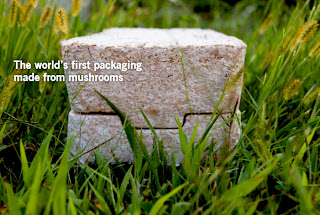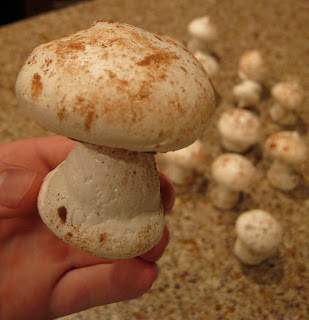Don't worry fans, I am back to feed your voracious appetite for technomogy. Yes, I took a little break from Technomogy, and in that time have been accepted to UofMs Information school to study HCI! My goal is to create technologies that deliver Environmental Education to the masses in crazy, innovative, robot-overlord ways. Until I have the means, I'll have to stick with blogging about technomogies.
While I prefer progressive over reactionary technologies (fixing vs. making less bad), a certain aquatic sky diving robot caught my eye for this post.
SCIENCE: We all know oil dependence makes us ;( . But ;( turns to D:< #@&^$*% when we spill that oil all over the ocean. And if it makes us sad, marine animals must have serious depression issues. To many of these animals, oil spills look like a hot chocolate bath (unconfirmed), so they do like any sane person would do, and dive right in. The oil ends up disrupting the structure of bird and mammal fur/feathers, making them unable to insulate themselves properly. Any eggs that come in contact, fish, reptilian, or avian won't be able to develop properly. And of course it's poisonous, causing blindness and death -> these conditions are inconvenient. Other problems, such as air pollution, and disruption of tourism have also made the US collectively peeved. |
| Surf's throw-Up |
 |
| Cute as a baby kitten |
 These sea drones, currently just a conceptual design by Hsu Sean at Yanko Design, would be deployed from the air over an oil spill event. Bio-sensors allow the drones to locate spill areas. They then open up their majestic wings like a young Kate Winslet, filtering the oil from the water so it can be sent to the nomnoming bacteria. By taking most of the manpower needed for these cleanups out of the picture, these sea roombas can be easily collected once the spill is gone! And I promise these drones won't spy on good patriotic American fish.
These sea drones, currently just a conceptual design by Hsu Sean at Yanko Design, would be deployed from the air over an oil spill event. Bio-sensors allow the drones to locate spill areas. They then open up their majestic wings like a young Kate Winslet, filtering the oil from the water so it can be sent to the nomnoming bacteria. By taking most of the manpower needed for these cleanups out of the picture, these sea roombas can be easily collected once the spill is gone! And I promise these drones won't spy on good patriotic American fish. |
| Fishicus mango |
The Mango Plating of the clean-up drone has been sent to a white-cake ocean covered in a rough smothering of buttercream vanilla waves.
 |
| While we see a remediation drone, the fishes see a grumpy old man keeping them off his dirty aqualawn. |
Until next time,




























